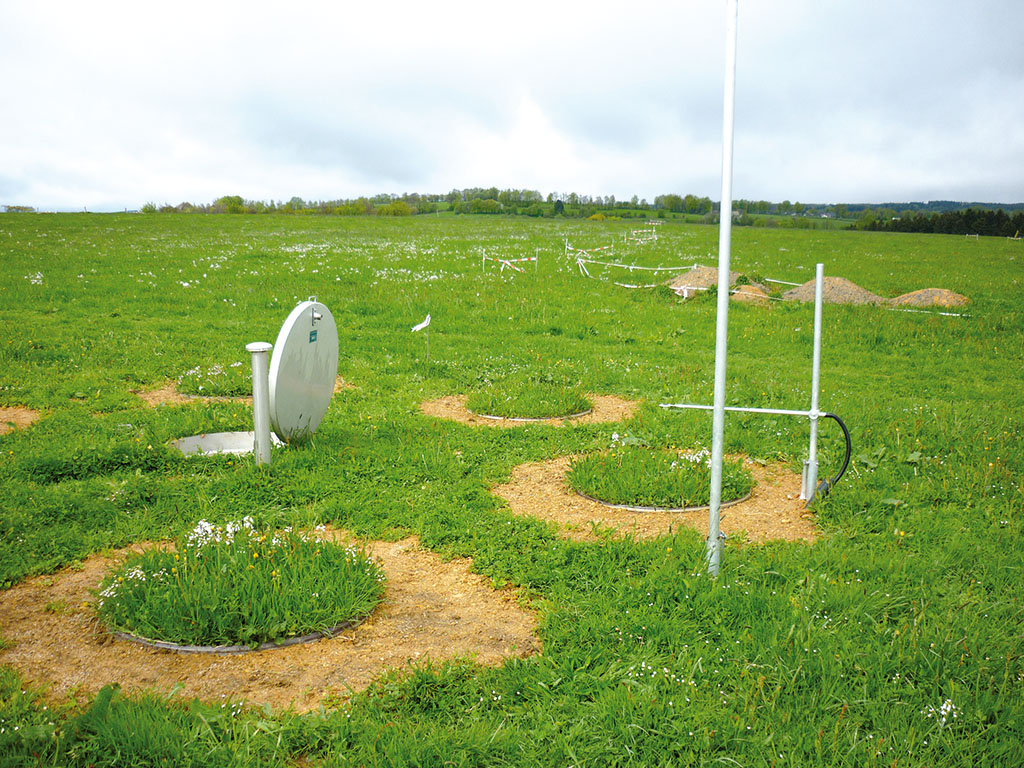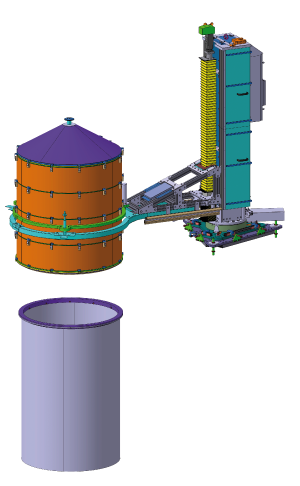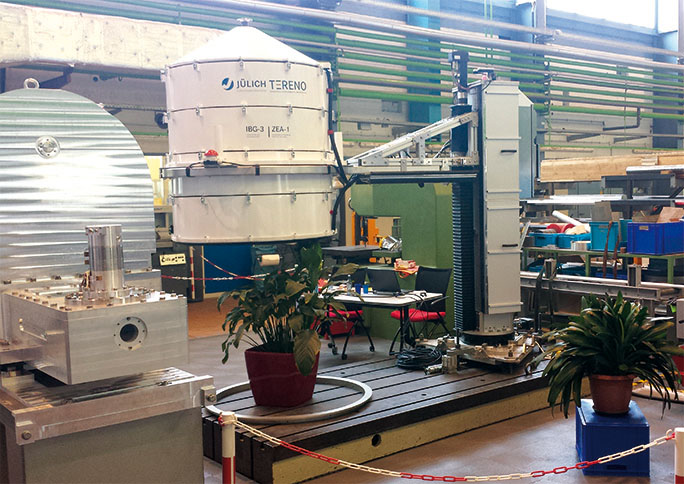How does the ground breathe? - Automation of gas sampling
Area: Research/ Development
Requirements: Automation of a gas sampling system
Implementation: Hardware:National Instruments cRIO-9030 ; Software: LabVIEW; Custom Development: TCP/IP Module
Scientists at Forschungszentrum Jülich are investigating the exchange of substances between plants, soil and the environment. measX has automated a system for taking gas samples.
 Lysimeter Sample Area
Lysimeter Sample Area
Higher temperatures, changed precipitation, extreme weather events. The Research Centre Jülich is investigating the consequences of climate change for our soils and plants. In order to better understand the exchange between soil, water, air and plants, researchers are analysing the long-term material and water flows in the soil as part of the SoilCan-TERENO project. They do this with the help of lysimeters. These are stainless steel cylinders embedded in the earth and open at the top. They contain excavated earth blocks of about 1.5 cubic metres. Sensors installed in the lysimeters provide continuous data, for example on the water content of the soil. Samples are taken in order to determine the gas emission of the plants and the soil more precisely. For this purpose, a measuring chamber is placed like a hood over the plants in the lysimeter, gas samples are taken and filled into bottles.  Schematic Exhaust SystemA motorised turret lifts the measuring chamber from one lysimeter to the next. measX has developed a new control and automation system for this measuring system. "Sampling is a complex process in which many different hardware modules have to be controlled. Thanks to the experience of a certified LabVIEW developer, the process is now highly reliable," says a delighted Norbert Bayer from the research center.
Schematic Exhaust SystemA motorised turret lifts the measuring chamber from one lysimeter to the next. measX has developed a new control and automation system for this measuring system. "Sampling is a complex process in which many different hardware modules have to be controlled. Thanks to the experience of a certified LabVIEW developer, the process is now highly reliable," says a delighted Norbert Bayer from the research center.
Even the positioning of the measuring chamber on the lysimeter is a multi-step process in which control photos are taken. Only on correct positioning the connected fraction collector begin to take the gas samples. At the same time, measured values for pressure, temperature and humidity in the chamber as well as current weather data are transferred to the fraction collector. Limit values are stored for wind and rain in order to guarantee operational safety; if necessary, sampling is automatically interrupted or even stopped. A special TCP/IP module was developed for communication between the control unit, a National Instruments cRIO-9030, and the operating computer. Lysimeter in Technical Center/Laboratory "A PC or laptop on which the user interface is installed only needs to connect via LAN cable via WLAN to the system control. Then the user has all possibilities to parameterize the automatic sequence and, for example, to specify the sampling times", explains measX engineer Felix Schönfelder. Display elements provide information about the current status of the real-time system and the automatic system. On request, information on system statuses and status changes can also be sent as SMS messages. "The measuring chamber makes an important contribution to the work in the oilCan-TERENO project," says Norbert Bayer. TERENO (TERrestrial ENvironmental Observatories) is a Germany-wide network of environmental monitoring stations. The SoilCan subproject, which is coordinated from Jülich, focuses on soil.
Lysimeter in Technical Center/Laboratory "A PC or laptop on which the user interface is installed only needs to connect via LAN cable via WLAN to the system control. Then the user has all possibilities to parameterize the automatic sequence and, for example, to specify the sampling times", explains measX engineer Felix Schönfelder. Display elements provide information about the current status of the real-time system and the automatic system. On request, information on system statuses and status changes can also be sent as SMS messages. "The measuring chamber makes an important contribution to the work in the oilCan-TERENO project," says Norbert Bayer. TERENO (TERrestrial ENvironmental Observatories) is a Germany-wide network of environmental monitoring stations. The SoilCan subproject, which is coordinated from Jülich, focuses on soil.



